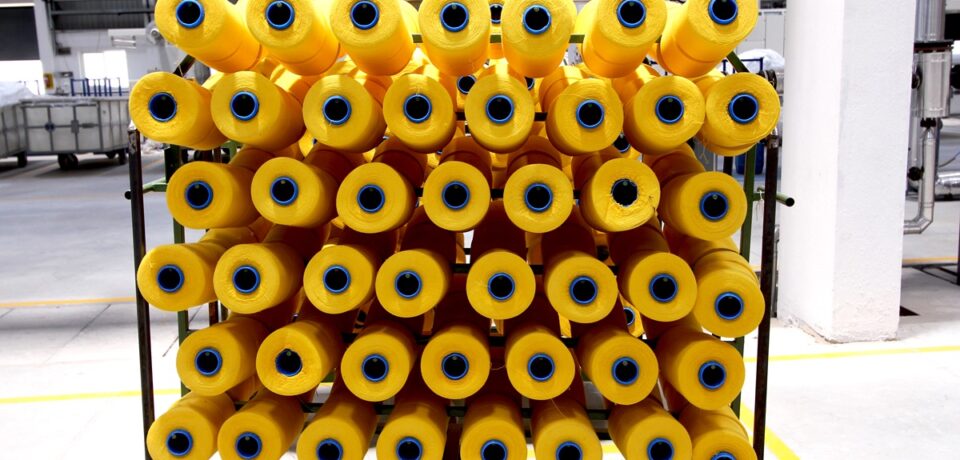- Your cart is empty Browse Shop

Innovations in Chemical Manufacturing: Transforming the Future
The chemical manufacturing industry has always been at the heart of industrial progress, powering everything from the materials we use to the fuels that drive our economies. As technology and sustainability concerns evolve, innovations in chemical manufacturing are transforming the sector, making it more efficient, sustainable, and cost-effective. In this blog, we explore some of the most groundbreaking innovations shaping the future of chemical manufacturing.
1. Green Chemistry and Sustainability
One of the most exciting developments in chemical manufacturing is the rise of green chemistry. This concept focuses on designing chemical processes and products that minimize environmental impact. By reducing the use of toxic chemicals and waste production, green chemistry ensures that the benefits of chemical manufacturing don’t come at the expense of the planet. Some key innovations in this area include:
- Biodegradable Materials: The shift towards biodegradable plastics and sustainable materials is being driven by advancements in biochemistry. This includes polymers that break down naturally, reducing the long-term environmental impact of plastic waste.
- Carbon Capture and Utilization (CCU): Innovations in carbon capture technologies allow chemical manufacturers to capture CO2 emissions and convert them into valuable products like chemicals, fuels, or construction materials. This not only reduces greenhouse gas emissions but also creates a circular economy for carbon.
2. Automation and Digitalization
The incorporation of automation and digital technologies into chemical manufacturing processes is revolutionizing the industry. With the rise of smart factories, AI, and Internet of Things (IoT) devices, chemical manufacturers can now:
- Monitor and Optimize Processes: Sensors and IoT devices allow manufacturers to collect real-time data, which can be analyzed to improve efficiency, reduce waste, and ensure consistent product quality.
- Predictive Maintenance: AI-driven predictive analytics help to anticipate equipment failures before they happen, minimizing downtime and improving plant reliability.
- Process Optimization with AI: Artificial intelligence is being used to optimize chemical reactions, predict yields, and streamline production schedules, reducing energy consumption and improving throughput.
3. 3D Printing and Additive Manufacturing
The integration of 3D printing technology into chemical manufacturing holds incredible promise. This innovation enables the production of customized chemical products and components with greater precision, reduced waste, and lower energy costs. Some of the most significant benefits include:
- Customized Catalysts: 3D printing allows for the creation of highly specific catalyst structures, enhancing reaction efficiency and leading to more sustainable processes in areas like pharmaceuticals and petrochemicals.
- Rapid Prototyping: Manufacturers can now create prototypes of chemical components faster, allowing for quicker iterations and product development cycles.
4. Electrochemical Processes and Green Energy Integration
The push toward sustainable and low-carbon solutions has led to the development of electrochemical processes in chemical manufacturing. These processes replace traditional methods, which often require high temperatures or harmful chemicals, with electricity-driven reactions. Some key applications include:
- Electrolysis for Hydrogen Production: Electrolysis is being utilized to produce hydrogen from water, a crucial step toward creating green hydrogen, which can be used as a clean fuel source in various industries.
- Energy-Efficient Chemical Reactions: Electrochemical technologies enable chemical reactions to be carried out with less energy input, reducing operating costs and emissions.
5. Biotechnological Advances
Biotechnology is playing an increasingly important role in modern chemical manufacturing. By using microorganisms and enzymes in production processes, manufacturers can create chemicals more efficiently and sustainably. Key innovations include:
- Bio-based Chemicals: The production of chemicals from renewable biological resources (such as plant sugars) is becoming more prevalent. This trend reduces dependence on fossil fuels and supports the development of renewable materials.
- Enzyme Catalysis: Enzymes are being used to speed up chemical reactions with higher specificity and lower energy consumption than traditional catalysts. This results in greener and more efficient manufacturing processes.
6. Circular Economy and Waste Valorization
As industries and governments place more emphasis on sustainability, the chemical sector is moving toward a circular economy model, where waste is reduced, reused, and recycled. Innovations in this area include:
- Chemical Recycling: Instead of incinerating or landfilling plastic waste, new technologies are enabling the chemical recycling of plastics, turning them back into usable raw materials for manufacturing.
- Waste-to-Value Technologies: Waste materials from other industries are being used as feedstock in chemical production, reducing the need for virgin resources and lowering environmental impact.
7. Advanced Materials Development
Chemical manufacturers are also innovating in the development of advanced materials that offer new capabilities for industries ranging from aerospace to healthcare. Key innovations include:
- Nanomaterials: Nanoscale materials are revolutionizing various industries due to their unique properties. In chemicals, nanomaterials are used for more efficient catalysts, advanced coatings, and even medical drug delivery systems.
- Smart Materials: These materials can respond to external stimuli, such as changes in temperature, pH, or light. This opens up new applications for industries like automotive, electronics, and healthcare.
Conclusion
The innovations happening in chemical manufacturing today are shaping a more sustainable, efficient, and technologically advanced future for the industry. By adopting green chemistry, embracing automation, exploring new materials, and integrating digital technologies, chemical manufacturers are not only improving their processes but also addressing the global challenges of climate change and resource depletion. As these innovations continue to evolve, we can expect even more groundbreaking developments that will drive the next generation of chemical manufacturing.
Stay tuned to see how these trends will continue to evolve and redefine the industry. The future of chemical manufacturing is bright, and it’s exciting to witness these transformative innovations in action!





